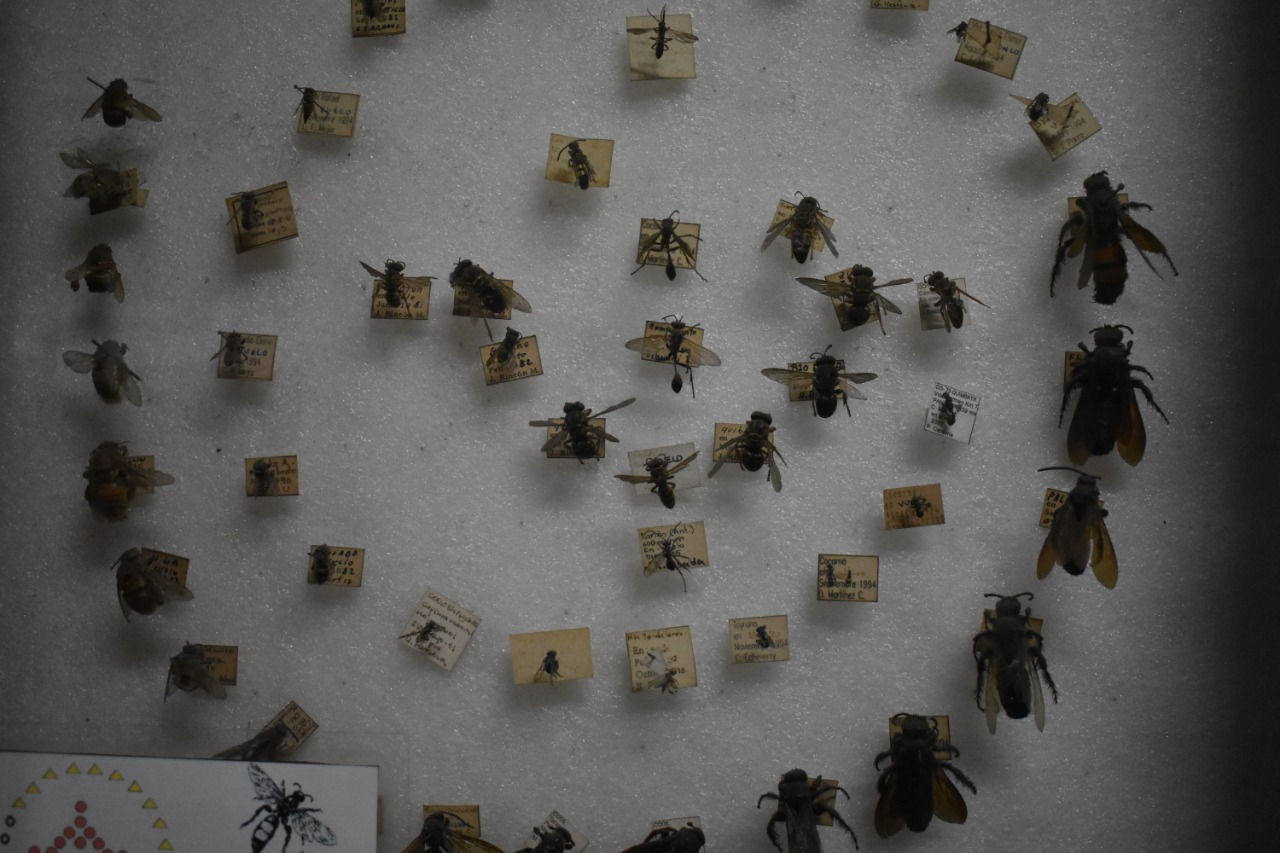Genética con Olga María Bermúdez
- MARIANA MARTINEZ OCHOA

- 9 may 2019
- 4 Min. de lectura
Actualizado: 10 may 2019
Aquí encontrarás algunas investigaciones de la autoría o con participación de Olga María Bermúdez Muñoz.
Para leer el perfil de Olga María haz CLIC AQUÍ

Tissue remodelling in chronic bronchial diseases: from the epithelial to mesenchymal phenotype.
Pain M, Bermudez O, Lacoste P, Royer PJ, Botturi K, Tissot A, Brouard S, Eickelberg O, Magnan A.
En: Inglaterra ed: European Respiratory Society
Abstract
Airway remodelling is a critical feature of chronic bronchial diseases, characterised by aberrant repair of the epithelium and accumulation of fibroblasts, which contribute to extracellular matrix (ECM) deposition resulting in fixed bronchial obstruction. Recently, epithelial-mesenchymal transition (EMT) has been identified as a new source of fibroblasts that could contribute to the remodelling of the airways. This phenomenon consists of the loss of the epithelial phenotype by bronchial epithelial cells and the acquisition of a mesenchymal phenotype. These cells are then able to migrate and secrete ECM molecules. Herein, we review the different types of EMT. We will then focus on the signalling pathways that are involved, such as transforming growth factor-β and Wnt, as well as the more recently described Sonic Hedgehog pathway. Finally, we will highlight the implication of EMT in airway remodelling in specific chronic bronchial pathologies, such as asthma, chronic obstructive pulmonary disease and bronchiolitis obliterans following lung transplantation. Despite the limitations of in vitro models, future studies of EMT in vivo are warranted to shed new light on the pathomechanisms of bronchial obstruction.
Resumen
La remodelación de la vía aérea es una característica crítica de las enfermedades bronquiales crónicas, caracterizada por la reparación aberrante del epitelio y la acumulación de fibroblastos, que contribuye al depósito de la matriz extracelular (MEC) en la obstrucción bronquial fija. Estos fenotipos de este tipo de fibroblastos pueden contribuir a la remodelación de las vías respiratorias. Estos fenotipos de estos fenotipos de estos fenotipos de estos fenotipos de epitelios bronquiales del fenotipo epitelial. Aquí, revisamos los diferentes tipos de EMT. Luego nos enfocaremos en las vías de señalización involucradas, como el factor de crecimiento transformante β y Wnt, así como la vía de Sonic Hedgehog recientemente descrita. Finalmente, resaltaremos la implicación. de la EMT en la remodelación de las vías respiratorias en patologías bronquiales crónicas específicas, como asma, pulmona obstructiva crónica Debido a las limitaciones de los modelos in vitro, se justifica que los estudios futuros de la EMT in vivo arrojen nueva luz sobre las vías de la obstrucción bronquial.
Señalización Sonic Hedgehog (SHH) en el cerebro adulto: vía crucial para la reactivación de los astrocitos y la reparación del cerebro
Olga María Bermúdez Muñoz
Abstract
While neurons play a key role in neurotransmission in the nervous central system (CNS) of animals, glial cells are crucial for neuron support and brain maintenance. Recent studies reveal that glial cells regulate the release and reuptake of neurotransmitters, pyruvate and glutathione metabolism, ion buffering, the organization of blood brain barrier and ensures the production of myelin and cerebrospinal fluid. The activity of glial cells is coordinated by the communication between neurons and the glia. Among cell signals in the brain, Sonic Hedgehog (SHH) pathway plays a key role regulating the development and the patterning of the central nervous system. In the adult brain, SHH has been found to be secreted by neurons and astrocytes, and to regulate in this manner, neuro-glial interactions. Upon brain injury, SHH signaling appears to be (re)- activated in the adult brain and may be related with tissue regeneration. The glial cells and more particularly astrocytes are key cells responding to brain injury and participating in brain repair. Interestingly, astrocyte response is mediated by SHH activation in these cells that elicits diverse cell reactions in the brain leading to neuroprotection and reinforcement of the blood brain barrier upon injury. This review highlights the important role of glial cells and more specifically of astrocytes in brain physiology, the implication of SHH signaling in brain organization and function, and finally, how SHH signaling regulates astrocyte re-activation and cell response to tissue injury and repair in the brain in the adult organism.
Resumen
Mientras que las neuronas juegan un papel fundamental en la neurotransmisión en el sistema nervioso central de los animales, las células gliales son cruciales para dar sostén a las neuronas y por lo tanto, para el funcionamiento del cerebro. Estudios recientes han puesto de manifiesto que las células gliales regulan la liberación y reciclaje de neurotransmisores, el metabolismo del piruvato y del glutatión, sirviendo de tampón para diferentes iones, participando en la organización de la barrera hematoencefálica y en la producción de mielina y del líquido cefalorraquídeo. La actividad de las células gliales se encuentra estrechamente coordinada por la comunicación entre las neuronas y la glía. Entre la señalización celular del cerebro, la vía Sonic Hedgehog (SHH) juega un papel importante al regular el desarrollo y patrón del sistema nervioso central. En el cerebro adulto, la proteína SHH es secretada por las neuronas y por los astrocitos y media de esa manera las interacciones neuro-gliales. Cuando ocurre un daño en el cerebro, la vía de señalización SHH es (re)-activada en el cerebro adulto. Las células gliales y particularmente los astrocitos, son células esenciales para la respuesta del cerebro frente a un daño y para su reparación. La respuesta de los astrocitos se encuentra mediada por la activación de la vía SHH en estas células. En este artículo se revisa la importancia de las células gliales y específicamente de los astrocitos en la fisiología del cerebro, la implicación de la vía de señalización SHH en la organización y funcionamiento del cerebro, y cómo la señalización SHH regula la re-activación de los astrocitos y la respuesta celular frente al daño tisular y a la reparación del cerebro en el organismo adulto.










Comentarios